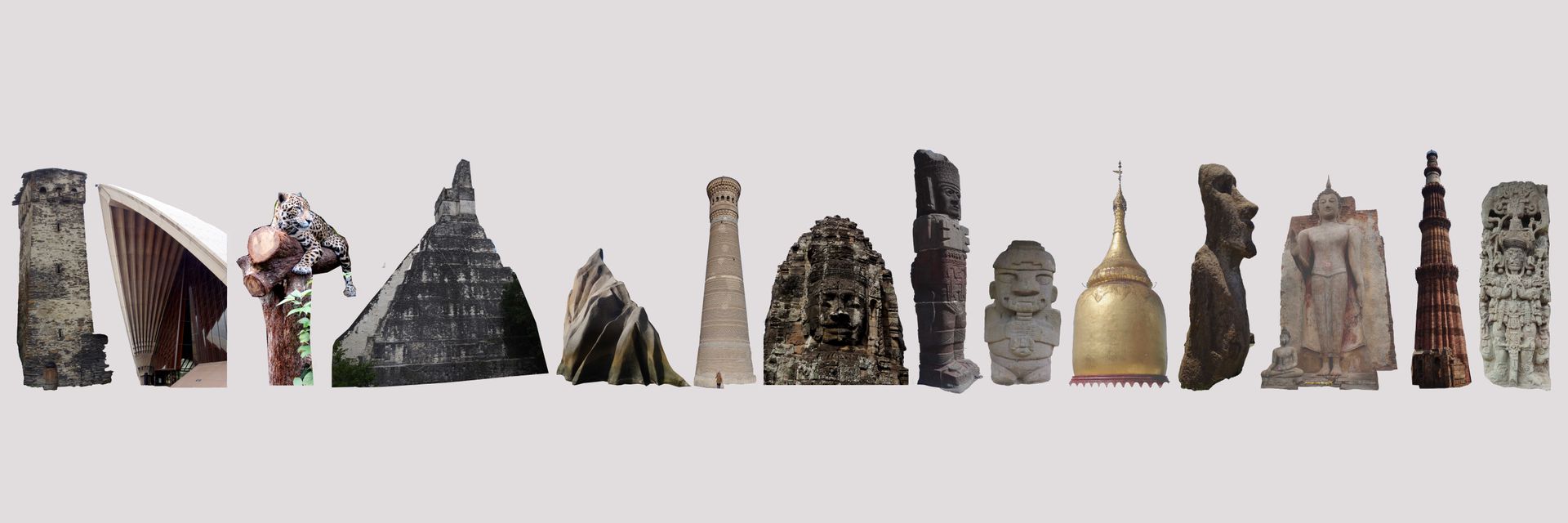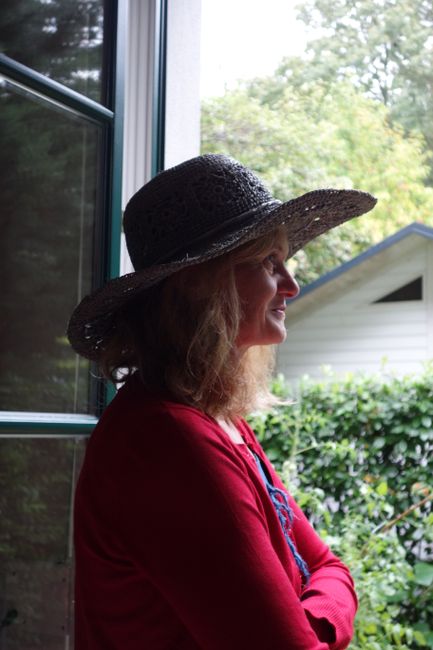Uzbekistan - thrilled and amazed
Rakabudiswa: 01.10.2018
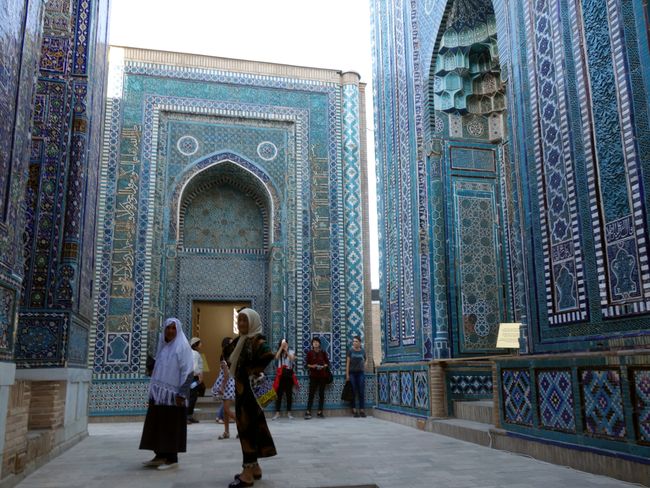
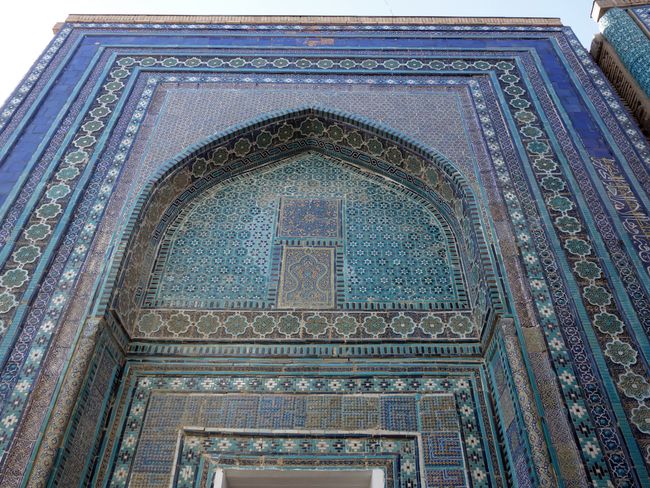
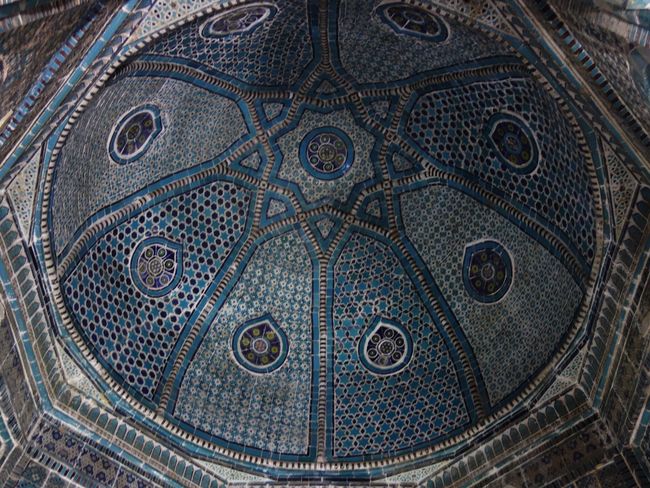
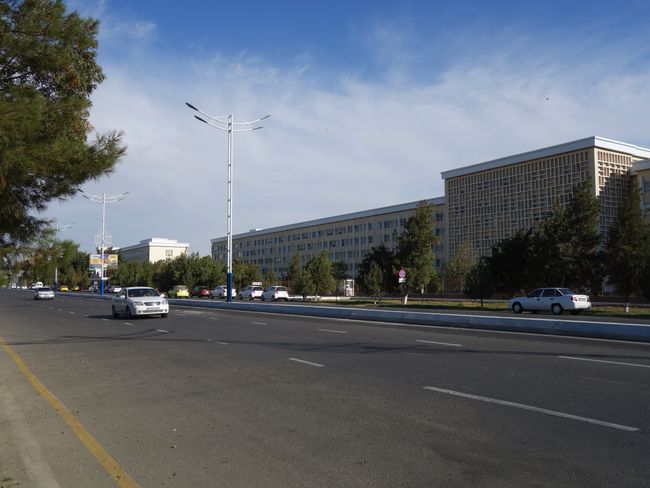
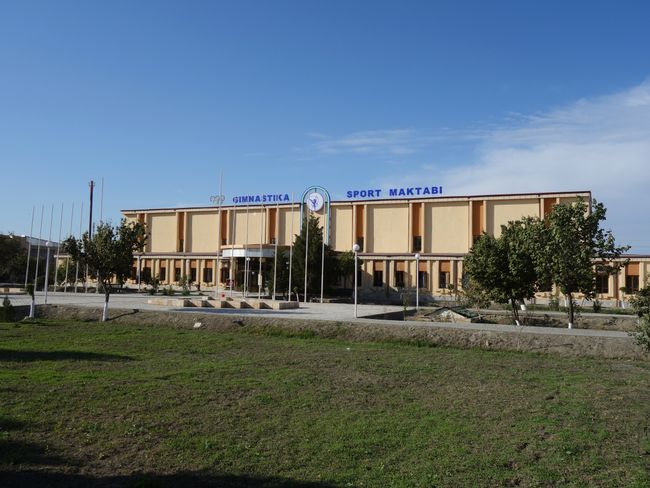
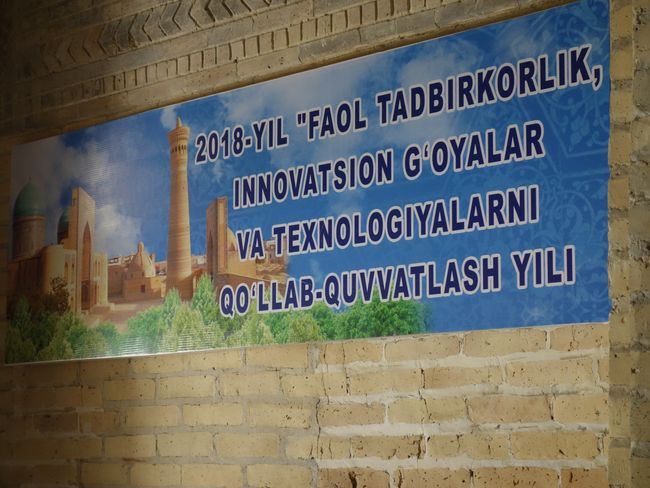
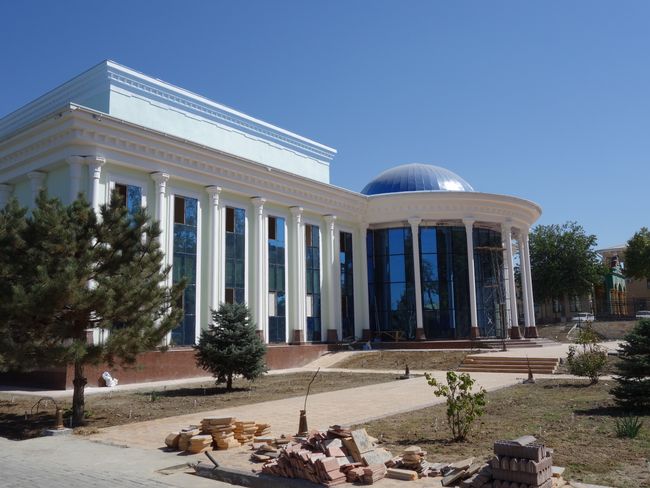
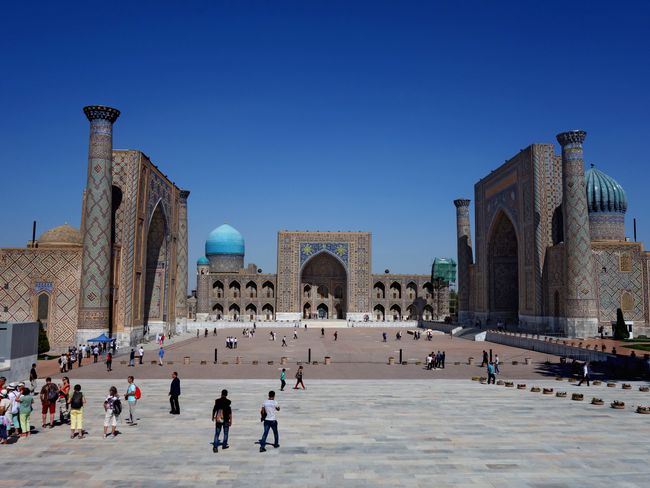
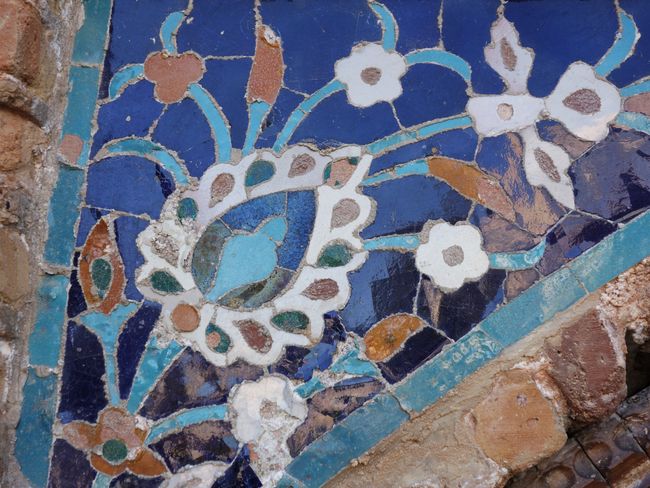
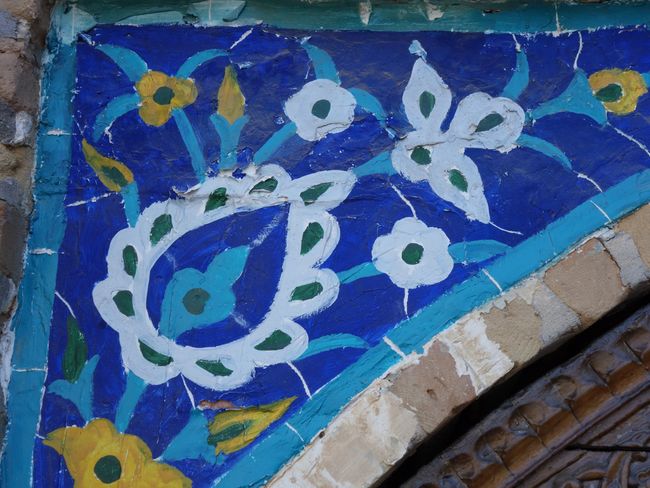
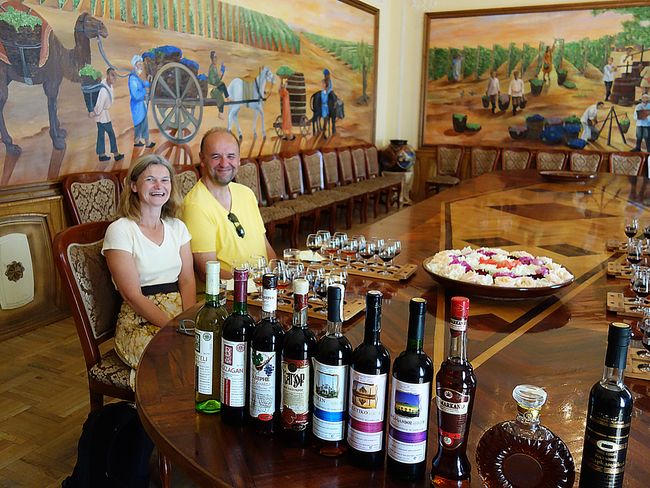
Nyorera kune Newsletter
Legoland or Disney World oriental style - we can't agree on which words best describe Uzbekistan. What I have already written about Bukhara continues in the city of Samarkand. The centuries-old mosques and madrasas were partially reconstructed during the Soviet era (1970s) and mostly rebuilt or even completely new after independence. The city's main square, Registan, which was the main reason I wanted to come here, owes its magnificent (yet cheap-looking upon closer inspection) tile decoration to the work of the last decades. The three large madrasas (everything is bigger than in Bukhara) still show intact brick walls in old photos (only one dome collapsed a long time ago, and most of the tiles had naturally disappeared). The square is still architecturally impressive. However, what is confusing is that it is somehow lost in the middle of very modern buildings and right next to one of the highly popular six-lane, busy roads. For all Viennese: Imagine one of the main sights of the city standing on Dresdner Straße (Roby's original words).
We must not forget that Uzbekistan is far from being a western democracy. One example: One of the country's main economic sectors is cotton production. From the train window, I can see how it is being harvested: manually, without the use of any machines. To meet the personnel needs during the harvest season, students, state employees, as well as employees of state-owned enterprises are still "called up" by the state. For a not too distant time, this also applied to school children. However, this is only one side of the cotton insanity: We are here in a country that is practically entirely covered in desert, and cotton cultivation requires a lot of water - which is channeled from the two large rivers in open canals (it is hot here, so a considerable part of the water evaporates) to the fields. These two rivers used to feed the Aral Sea, once one of the largest inland seas on Earth - today only a tenth remains. Apparently, they are slowly moving away from cotton production now.
I am currently sitting in a dirty train to Tashkent, but it is far from representative of Uzbekistan. Here, everything is usually new, modern, super clean - almost unrealistically sterile, like in a science fiction movie. Old or Soviet things are demolished or reconstructed in a way that makes them look equally new (and tasteless) as the banks, sports palaces, and residential blocks that line the modern multi-lane roads, on which almost only white cars of a certain Chevrolet model (produced in the country) drive.
There is an old horror movie that has been remade multiple times, in which white-blonde, cold-cruel children who look very similar gradually take over a city and make everything uniform. Uzbekistan is in many places such a "white-blonde" world - without blonde people of course😉.
Oh yes, the people. Their friendly and warm nature has made us feel comfortable here despite everything. In the hotel in Bukhara, the young people who worked there were simply enchanting, and it was really nice to chat with them. In Samarkand, someone - unhappily standing by the dust at the outskirts of the city - stopped a taxi for us, paid for it (!!!), and happily took us back to the center, all without a common language.
What was pleasant for me as a woman: In the mosques, you don't have to cover your head and can also enter with pants - unlike in Georgia, where women are only allowed in churches with a skirt and headscarf. However, there seems to be a peculiar kind of politeness here that involves ignoring women accompanied by men. This happened to me with two men in "better" establishments: extremely polite and friendly behavior toward Roby - and I was invisible (just a greeting, but without looking at me).
For those who have made it this far, here are the highlights of Samarkand: the Shah-i-Zinda necropolis with its domed mausoleums covered with turquoise and blue tiles, of which a lot was preserved and were exceptionally well-renovated (super!); the significant remains of a huge sextant buried in the ground from the 15th century (40 meters in diameter), with which the astronomers of Ulug Beg, the ruler at that time, were able to measure the position of the fixed stars so accurately that modern science cannot help but wonder and has only made minimal corrections; and finally, the wine tasting at the winery - yes, there is still a winery here, which is a relic from Soviet times in every respect, including the style of the wines. But we would have bought the herbal liqueur if we had gone straight home. Maybe it was also due to the charming way the gentleman presented the wines or the ten tasting glasses, including two cognacs... Content
Nyorera kune Newsletter
Pindura
